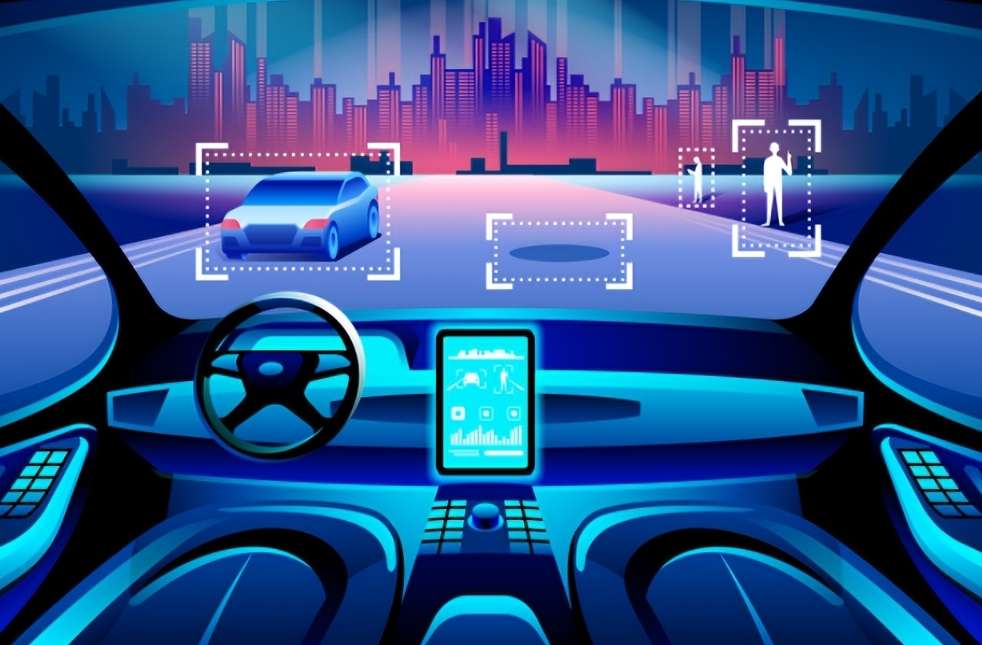Tesla Boosts Uber's Stock Price
Advertisements
The automotive and tech industries have recently witnessed an intriguing rivalry, as Tesla's developments in the autonomous vehicle space create ripples across the market, particularly affecting Uber's trajectory. In April, Elon Musk announced the imminent release of Tesla’s self-driving taxis, which sent worry signals to investors and triggered a downward trend for Uber. Despite Uber delivering financial reports that exceeded expectations, its stock never regained the heights it reached in February of this year. Investors remained cautious, haunted by the looming specter of competition from Tesla’s potential market entry.
However, the tide turned when Tesla's much-anticipated "WE, ROBOT" event failed to meet the lofty expectations set by Musk. This misstep sent Uber's stock soaring by 10% in a single day, reaching new historical heights. The question arises: what implications does Tesla’s less-than-stellar reveal have for both companies?
Firstly, it's evident that Uber has begun to shed the shadow cast by Tesla. As car prices in the United States continue to escalate, many consumers have shifted towards utilizing ride-hailing services for their daily commutes. This trend, coupled with an increase in delivery service commission rates, has propelled Uber into a prolonged phase of revenue and profit growth—sustaining double-digit increases for multiple consecutive quarters.
Furthermore, the volume of Uber ride-hailing orders has consistently witnessed year-over-year growth exceeding 20%. This remarkable growth stems from two primary factors. On one hand, Uber serves as a viable alternative to traditional taxi services that still dominate many regional markets in the U.S. and Europe. Uber’s scaling capabilities and subsequent cost advantages pressurize these legacy taxi services, capturing their market share. On the other hand, a notable rise in car prices has compelled many Americans to rely more heavily on ride-hailing services for daily commuting.
Uber's food delivery services have also significantly bolstered its profitability. For instance, in Q2, Uber’s delivery sector reported adjusted EBITDA nearly 5% above expectations. The improved profit margins stem from a stabilized market structure, increased commission rates, and the advantages of scale that reduce operational costs.
Despite this upward trajectory, Uber's stock hasn’t translated directly into market valuation increases. Investors remained guarded due to the pervasive concern regarding the ramifications of Tesla's upcoming self-driving fleet. The fear of a significant loss in market share loomed large as Musk's plans were announced later in the year.
Investors are acutely aware that Uber's success heavily relies on a two-sided marketplace where more drivers lead to reduced waiting times for passengers, attracting even more riders to the platform. The potential introduction of autonomous taxis stands to disrupt this balance, risking Uber's operational structure and market presence should consumers favor Tesla's offerings.

As the stakes were raised, investors found themselves in a holding pattern, reluctant to make moves until clear developments from Tesla emerged. Following the turbulent release of Tesla’s new taxi model, Uber's fortunes suddenly shifted. The failure of the vehicle’s anticipated launch time frame allowed investors to see a path forward without the looming threat from Tesla.
The Tesla event revealed critical details that contributed to the optimism surrounding Uber’s stock. For instance, Musk’s extension of the mass production timeline for the autonomous vehicle by two years created a vacuum for competitors like Uber to solidify their positions. This gap signifies a tangible opportunity for Uber to innovate and enhance its services without the immediate threat of a self-driving competitor.
Furthermore, the showcase of the Tesla taxi was largely superficial, highlighting an aesthetically futuristic vehicle devoid of essential controls such as a steering wheel, pedals, or rear-view mirrors—indicating a divergence from conventional design in personal transportation. Investors were left wanting substance, yearning for clarity on technological specifications, safety assurances, and regulatory compliance that were absent in Musk’s presentation.
Moreover, third-party assessments indicating Tesla’s Full Self-Driving (FSD) program required more human intervention than its competitors further dampened enthusiasm for the autonomous taxi. According to AMCI Testing, Tesla's FSD required human intervention every 21 kilometers on average, starkly in contrast to Waymo, which only required it every 27,900 kilometers.
The contrast in intervention frequency raises questions about the robustness of Tesla's self-driving initiative and whether it can effectively rival Uber, which continues to enjoy strong operational metrics and demand. Additionally, concerns about statutory clearance for Tesla's concept vehicle—given its unconventional design that flouts federal vehicle safety laws—cast further doubts on the viability of its autonomous taxi project.
Market reactions suggested a shift in sentiment; analysts on Wall Street began to project that Tesla's new model posed no immediate threat to Uber or its peers, garnering remarks characterizing Musk's ambitions as “non-viable.” This change in perception presented a favorable prospect for Uber, as it enabled a renewed optimism that had previously stalled due to Tesla's anticipated competition.
Market analysts highlighted the urgent necessity for Tesla to focus on introducing a low-cost, traditional vehicle model to cater to consumer demands. Despite soaring ambitions of self-driving fleets, Tesla's sales figures revealed a downward trend that necessitated a pivot back to their automotive roots. Recent reports from the third quarter indicated a 3.2% decline in U.S. sales, prompting a growing discontent among investors seeking tangible innovations that resonate with mass-market consumers.
While models like the Model Y and Model 3 have proven popular, they have been in the market for over five years and Tesla’s future seems to depend heavily upon introducing a budget-friendly option. Furthermore, the much-anticipated Cybertruck has struggled with production logistics, leading to projections that its output will only reach 3,750 units in 2024, a mere fraction of Tesla's overall sales anticipated that year.
The expectation remains clear among investors: after demonstrating relentless ambition towards futuristic technology, they desire Musk and Tesla to showcase products that can yield immediate results. The current climate suggests that while the allure of autonomous vehicles captivates the imagination, practical and accessible options become paramount for maintaining and growing market performance. Consequently, both Tesla and Uber must tread carefully to seize on emerging opportunities within, and manage the competitive pressures that loom over them.
Post Comment